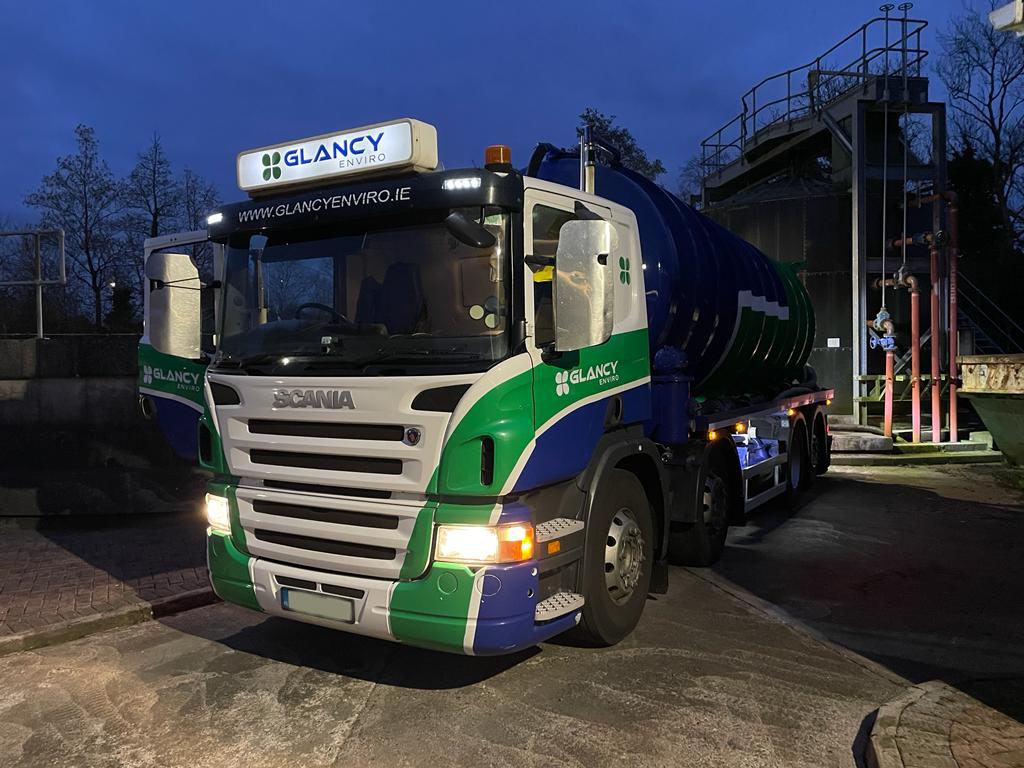Some Known Details About Reclaim Waste
Some Known Details About Reclaim Waste
Blog Article
All about Reclaim Waste
Table of ContentsReclaim Waste Can Be Fun For AnyoneUnknown Facts About Reclaim WasteEverything about Reclaim WasteThe Best Guide To Reclaim Waste3 Simple Techniques For Reclaim Waste
Domestic sewage waste refers to the waste and products from a domestic septic tank. The correct management and disposal of domestic sewage waste need liquid waste to be moved to a sewer treatment plant where the appropriate techniques and devices are used to cleanse and dispose of waste.
Commercial waste frequently consists of possible hazards, such as combustible products or a mixture of liquid and solid waste items, and calls for a more advanced and detailed disposal process. The disposal of business waste typically includes the purification of waste before transport to ensure secure and appropriate disposal. Hazardous waste is produced from results and drainage of commercial procedures and manufacturing.
This sort of waste can not use the exact same sewage monitoring transportation or procedures as septic or commercial fluids. The hazardous waste monitoring procedure requires the inspection and screening of fluid waste prior to it undertakes the disposal procedure (liquid waste disposal melbourne). Overflow waste is the fluid waste that comes from runoff and excess stormwater in highly populated locations or cities
Drainage waste can create contamination and flooding otherwise dealt with appropriately. Find out more regarding sewer cleaning and waste administration. Making certain proper waste management can avoid catastrophes and lower ecological harm. Both people in property setups and professionals in industrial or manufacturing sectors can take advantage of comprehending the processes and policies of liquid waste management.
What Does Reclaim Waste Mean?
Get in touch with PROS Providers today to discover concerning our waste administration and disposal solutions and the proper methods to care for the liquid waste you create.
(https://www.mixcloud.com/reclaimwaste1/)This supposed 'wastewater' is not only an essential resource yet, after treatment, will certainly be launched to our land, waterways or the sea. Made use of water from bathrooms, showers, bathrooms, kitchen sinks, laundries and commercial processes is understood as wastewater.

water used to cool equipment or tidy plant and equipment). Stormwater, a type of wastewater, is drainage that flows from agricultural and city areas such as roof coverings, parks, gardens, roads, courses and seamless gutters into stormwater drains, after rainfall. Stormwater moves neglected straight to neighborhood creeks or rivers, eventually reaching the sea.
Some Known Details About Reclaim Waste
In Queensland, a lot of wastewater is treated at sewage treatment look what i found plants. Wastewater is transferred from domestic or commercial websites with a system of sewage systems and pump terminals, understood as sewage reticulation, to a sewer treatment plant.
The Department of Natural Resources encourages neighborhood governments concerning handling, operating and maintaining sewage systems and treatment plants. In unsewered areas, city governments might call for householders to install specific or household sewage therapy systems to treat domestic wastewater from bathrooms, kitchens, washrooms and laundries. The Department of Natural Resources authorizes the usage of home systems when they are confirmed to be effective.
In some brand-new subdivisions, therapy of some stormwater to eliminate trash, sand and crushed rock has begun using gross pollutant catches. Wastewater therapy happens in 4 phases: Removes strong issue.
Wastewater then streams right into large containers where solids resolve and are eliminated as sludge. Grease and residue are skimmed from the surface area. Makes use of small living organisms referred to as micro-organisms to break down and remove staying liquified wastes and great fragments. Micro-organisms and wastes are integrated in the sludge. Gets rid of nitrogen and phosphorus nutrients that might trigger algal blossoms in our waterways and endanger water life.
What Does Reclaim Waste Do?
Nutrient removal is not available at all sewage treatment plants since it needs costly specialized tools. Clear fluid effluent generated after therapy might still consist of disease-causing micro-organisms - liquid waste removal.

Many wastewater moves into the sewage system. Under the Act, local federal governments administer approvals and permits for environmentally pertinent tasks (Ages) entailing wastewater releases that may have a neighborhood effect.
An Unbiased View of Reclaim Waste
Tracking provides factual information concerning water quality and can confirm that licence problems are being fulfilled. The details gotten via surveillance supplies the basis for making water high quality choices.
Report this page